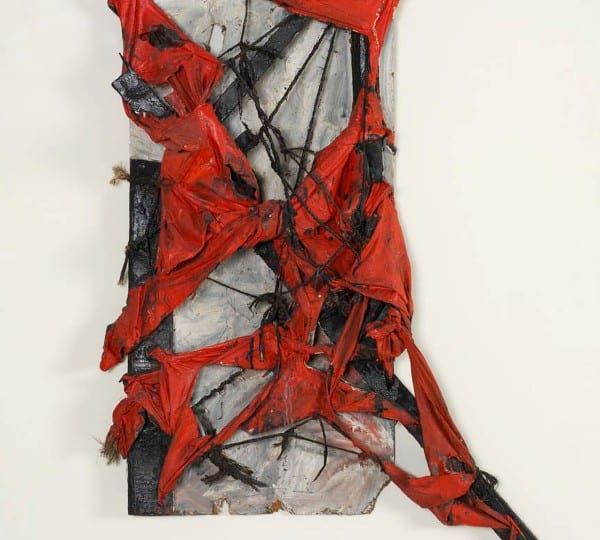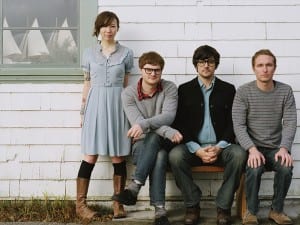RITE OF PASSAGE is New York’s first major exhibition devoted to the early years of the 20th century avant-garde movement, Vienna Actionism. Through a rare selection of early vintages prints and original contact sheets, as well as paintings and collages by artists such as Günter Brus, Otto Muehl, Hermann Nitsch, and Rudolf Schwarzkogler, and curated by Hubert Klocker, the exhibition is a representative survey of the formative years of Vienna Actionism.
The Vienna Actionists defined their style in the 1960s, developing radical body-centric performances which could discuss politics and reality, and transcend the shadow of World War II. Working separately, the four Vienna-based artists in RITE OF PASSAGE undertook processes in which the medium of painting was stretched to its breaking point: replacing traditional materials with blood, junk and rubbish, thick viscous white paint and meaning-laden objects, and deconstructing finished pieces.
Each of the four artists have their own landmark pieces, Nitsch for example conceiving his Orgies Mysteries Theatre – an all-encompassing synesthetic performance that references classical theatre, cults, religions, and myths. His paintings similarly strive to produce rich sensory experiences, but through the use of just the colour red: molten red wax streams down the canvas, dripping and congealing to create shapes evocative of human orifices.
While each Actionist found his own independent form of expression, the use of the body as art’s surface was a common denominator. In 1963, Brus initiated a series of paintings that relied upon the body’s natural movement and sought to erase the conventions of composition. Brus would suspend sheets of paper and employ his body, with bound arms, as the brush to create a painted piece; throughout his career, Brus’ painted body increasingly became his canvas.
Muehl pursued an aesthetic based on destruction, often employing decayed objects and rusty, dirtied materials in his art for their expressive power. He mixed white and black cements and smeared the emulsion on to his canvases, before in some cases smashing the stretcher, slashing his work and tying it in knots, with no regard for its material beauty.
Finally, Schwarzkogler’s work is distinguishable for its calculated approach; unlike his colleagues, Schwarzkogler staged his actions for the camera, as still tableaux with the body and other objects arranged in precise motifs. Meanwhile, the artist’s drawings provide intensified perceptions of reality through sight, sound, touch, taste and temperature; with text instructions that read like medical prescriptions, Schwarzkogler described this work as a ‘purgatory of the senses.’
While the practices of Brus, Muehl, Nitsch, and Schwarzkogler differ, they are connected by a set of distinct aesthetic and thematic threads. RITES OF PASSAGE explores the varying trajectories of each Actionist; a group which undoubtedly set a precedent for performance art in their mission to offer an art experience beyond conventional confines.
RITE OF PASSAGE: The Early Years of Vienna Actionism, 1960 – 1966, until 25 October, Hauser & Wirth, 69th Street, New York. For more information visit www.hauserwirth.com.
Credits
1. Otto Muehl, Untitled, 1961. © 2014 Artists Rights Society (ARS), New York / Bildrecht, Vienna.
Follow us on Twitter @AestheticaMag for the latest news in contemporary art and culture.




